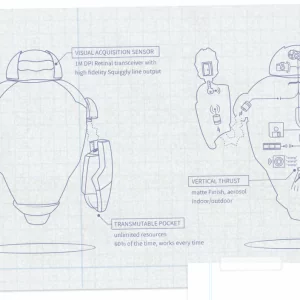Task: take some website screenshots and put them in a folder (in parallel)
You have a bunch of online services that let you take screenshots of a site and save them in a folder. While it can be very useful to pay for such a system, it is not so hard to create it. Let’s use Chrome / Chromium with Puppeteer and Node.js (cluster) to take some snapshots in no-time. We’ll use the Puppeteer Cluster package to run multiple threads / workers to grab those screens in parallel. We’ll be using TypeScript.









